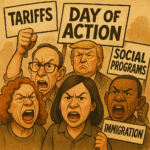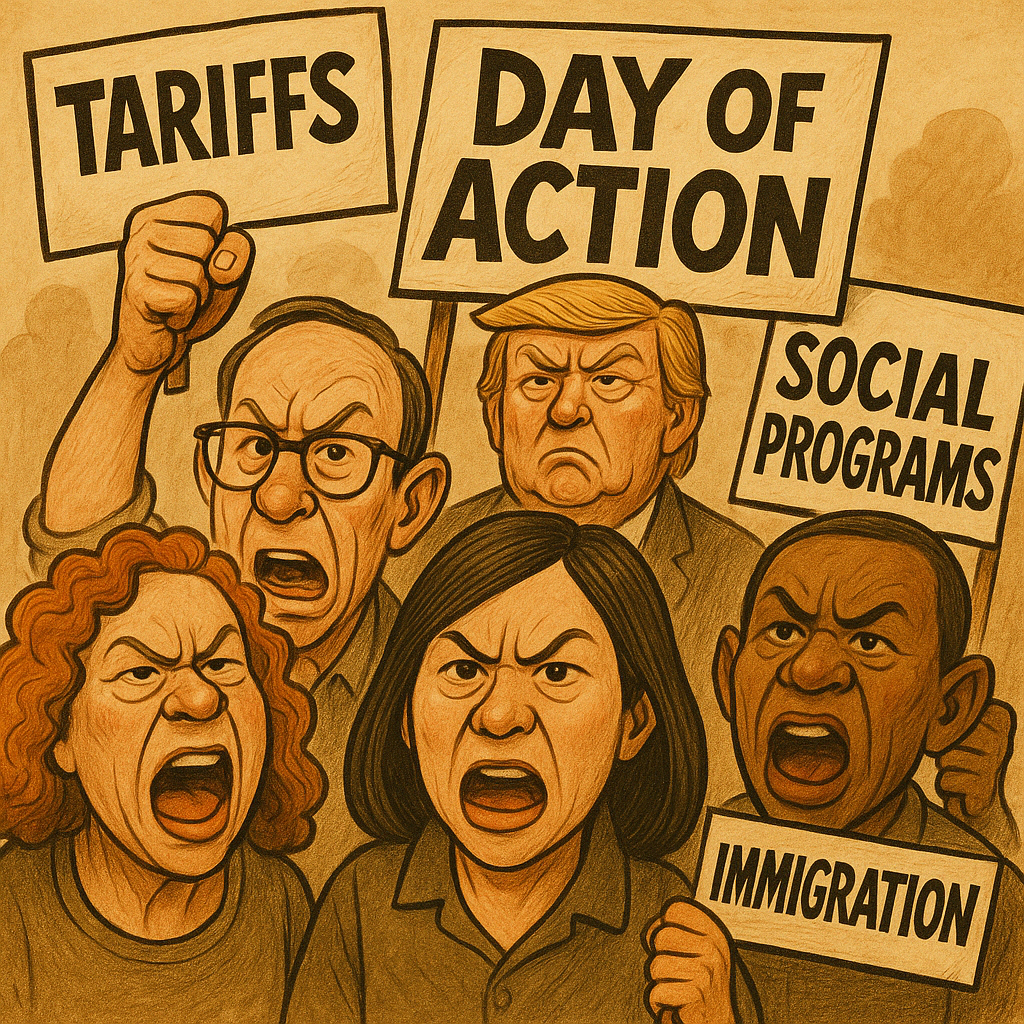Massive ‘Day of Action’ Protests Erupt Nationwide in Opposition to Trump Administration
On April 19, 2025, cities across the United States became hotbeds of political activism as thousands of protesters took to the streets during the nationwide “Day of Action.” Organized by the growing 50501 movement, the protests were aimed at expressing widespread dissatisfaction with several key policies of the Trump administration, including tariffs, immigration reform, and proposed cuts to social programs.
Demonstrations occurred in more than 40 cities, including Chicago, Miami, Portland, Austin, and Washington D.C., making it one of the largest coordinated protest events in recent years.


